In Japan, green tea isn’t just a drink, it’s a whole experience. Called “ryokucha,” it comes in many flavors, from bright and grassy to smooth and frothy. Curious about this unique world? Dive in and discover the different types, brewing secrets, and even tea ceremonies! You might just find your new favorite cup.
What is Ryokucha?
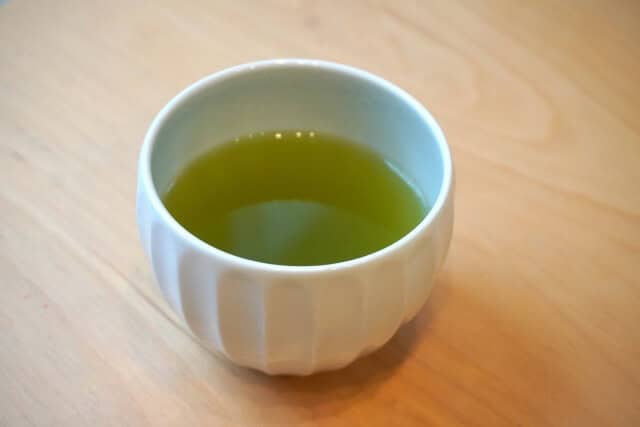
Ryokucha, meaning Green Tea in Japanese, is the word for Japanese green tea in general, including Sencha, Matcha, Hojicha, Bancha, and Gyokuro. Ryokucha refers to tea leaves made without fermenting them. It is a general term for dried tea leaves, tea brewed in a teapot, and tea packaged in plastic bottles. It is a type of tea made from Camellia sinensis leaves steamed or roasted to prevent oxidation. This gives green tea its characteristic bright green color and vegetal flavor. Ryokucha is a popular beverage in Japan and is often served hot or cold. Locals used this in a variety of Japanese dishes, such as sushi and tempura. Simply put, the process involves steaming and crushing the harvested tea leaves, shaping them into shapes, and then drying them.
Ryokucha Origin
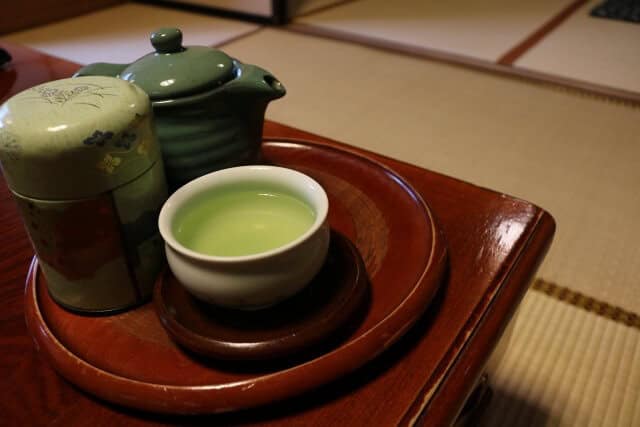
According to the Japan Tea Action, tracing the history of tea, they find the name “Shennong” who was active in China around 2800 BC, about 5000 years ago. Shennong, who have laid the foundations for today’s agriculture and Chinese medicine, used his own body to investigate the medicinal properties of familiar plants. As a result, he came across as many as 72 poisons in one day, and chewed tea leaves to detoxify each time. Tea in Japan began about 1,200 years ago at the beginning of the Heian period. Envoys brought the tea to send it to Tang Dynasty or monks studying abroad. The historical book “Nihon Koki” states that “On April 22, 815, the monk Nagatada brewed tea and offered it to Emperor Saga,”. This was the first time that tea was drunk in Japan.
In 1191, a Buddhist monk named Zenji Eisai introduced tea seedlings from China to Japan, starting tea cultivation in Hirado City and Mount Sefuri in Saga Prefecture. Over time, tea gardens were established in other parts of Japan, particularly in Saga and Kyushu regions. During the Muromachi period, green tea became popular among samurais and merchants, and its cultivation and consumption spread throughout the country.
Green tea was highly valued for its medicinal properties and later became an important part of Japanese culture through the traditional tea ceremony. With the registration of Japanese cuisine as a UNESCO Intangible Cultural Heritage, interest in green tea is increasing. Today, Japan is known for producing high-quality green teas like matcha, which is grown in specialized tea gardens and enjoyed for its unique flavor and health benefits.
Types of Ryokucha
There are several types of ryokucha (Japanese green tea) in Japan, each with their unique characteristics and flavors.
Sencha
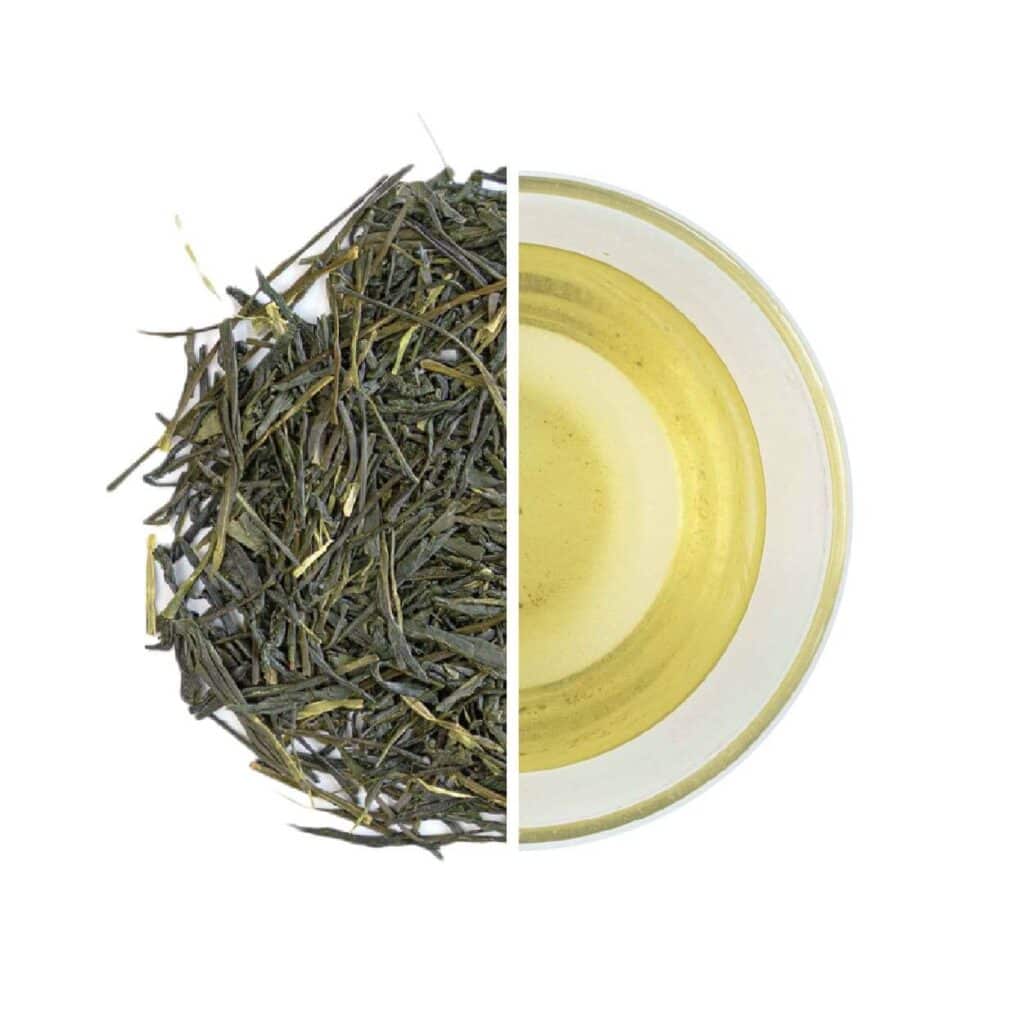
This is one of the most common types of Japanese green tea and known for its high quality and delicate flavor. Locals grow Sencha in the shade, which helps to increase the tea’s chlorophyll content and give it a vibrant green color.
Gyokuro
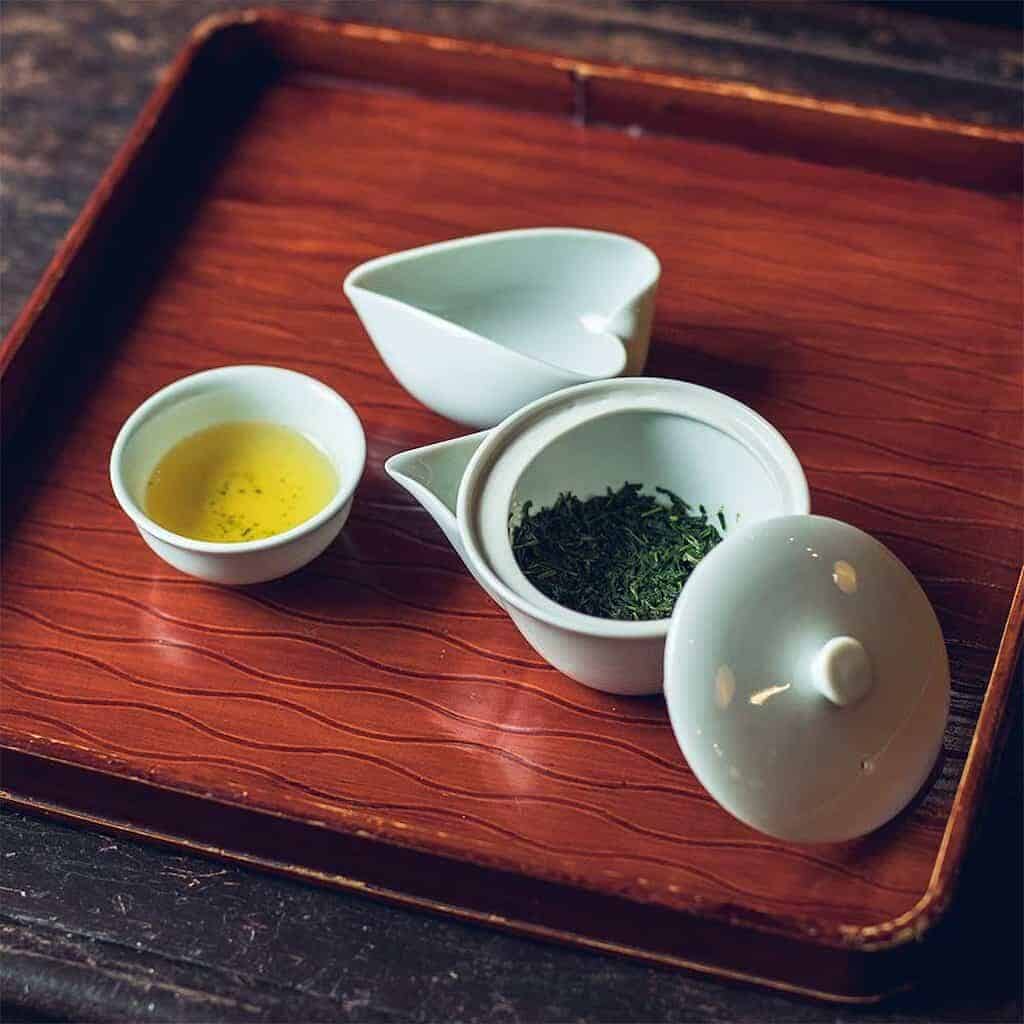
This is a high-quality, sweet-tasting tea that locals grown in the shade like sencha. Gyokuro is popular for its rich, complex flavor profile and is often considered the “king” of Japanese green teas.
Bancha
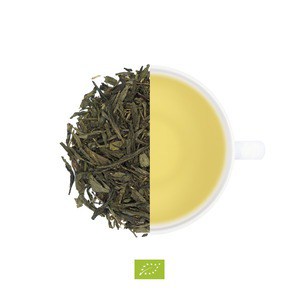
This type of green tea is harvested later in the season than sencha and gyokuro, giving it a more mature flavor. Bancha is known for its nutty taste and slightly bitter finish.
Matcha
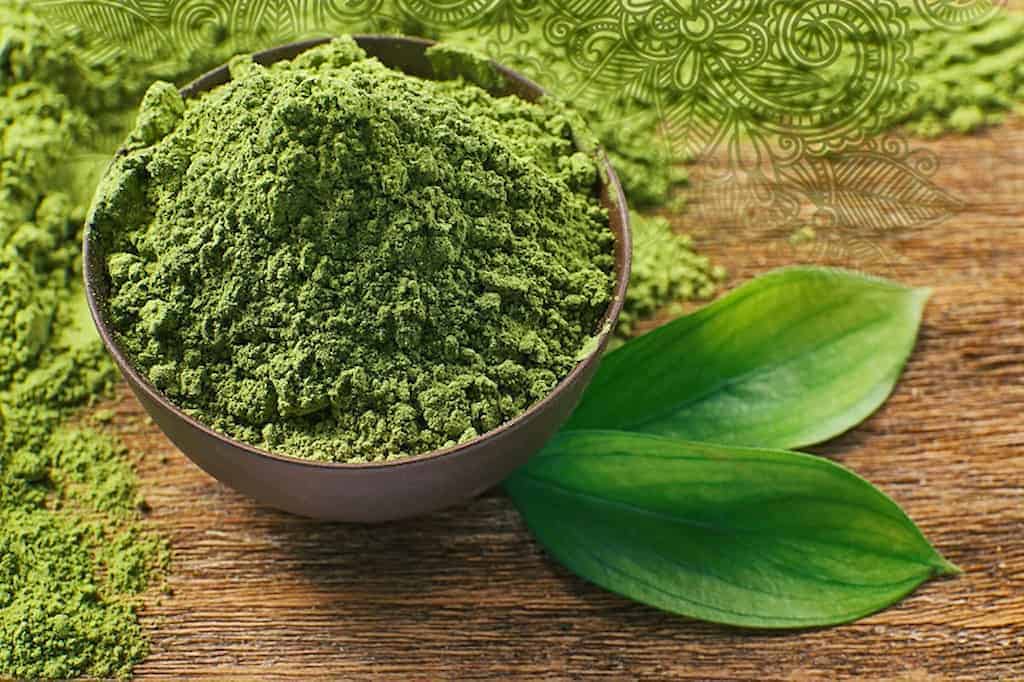
Matcha is a finely ground powder made from tencha tea leaves shielded from sunlight to preserve their chlorophyll content. It has a bright green color and a strong, slightly bitter flavor. It’s traditionally used in the Japanese tea ceremony but you can also enjoy it as a latte or in other desserts and drinks.
Hojicha
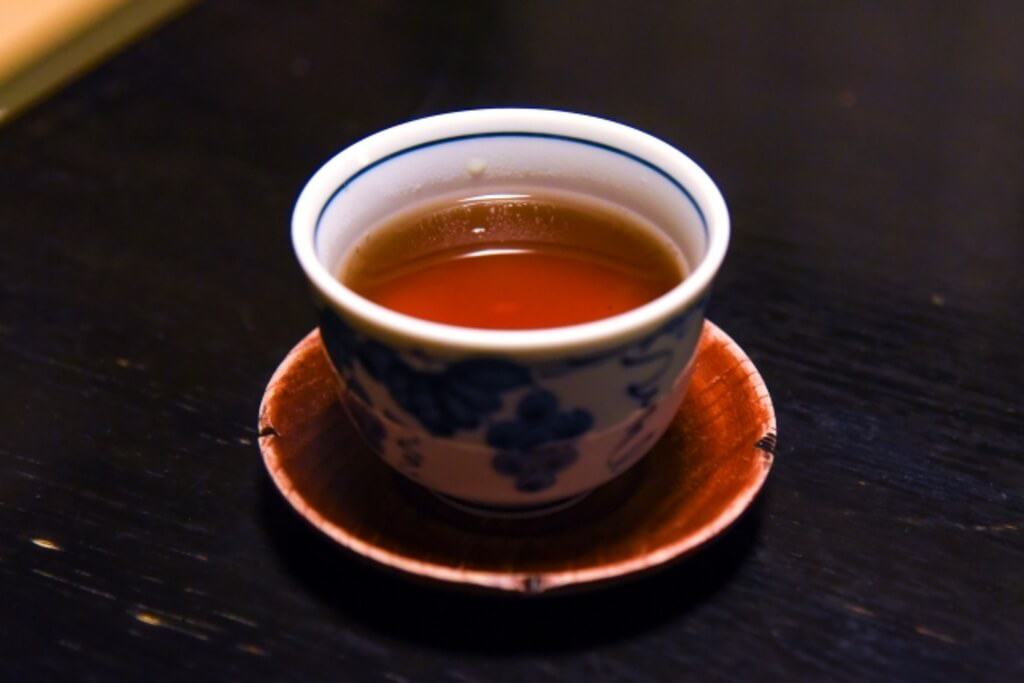
This is a roasted green tea that gives off a reddish-brown color when brewed. Hojicha has a nutty, slightly sweet flavor and enjoyed in the fall season.
Japan produced the most of Ryokucha
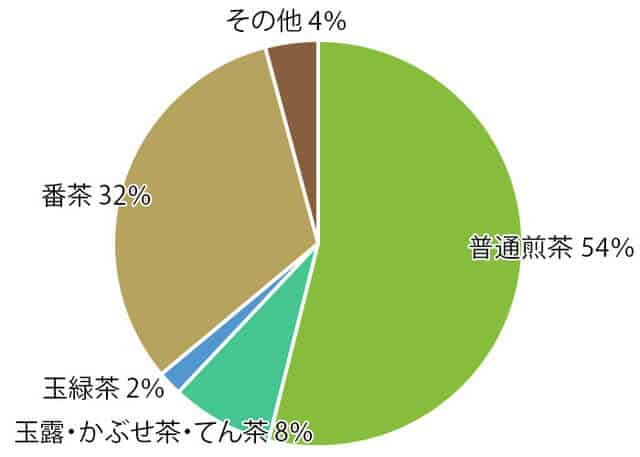
Ryokucha or regular green tea is the most widely produced tea in Japan, accounting for over two-thirds of total production. Black tea was once grown in various regions until the 1960s, but it couldn’t compete with Indian and Sri Lankan teas in terms of quality and price. Attempts were also made to produce oolong tea during that period. But just like black tea, it wasn’t successful and is no longer produced today. Currently, nearly all Japanese tea consumers drink green tea, which is primarily steam-processed. However, some local varieties in Kyushu use a pot-roasting technique, such as Tamaryokucha.
Various functions of ingredients contained in Ryokucha
Tea contains tannins and catechins, which have many effects such as preventing cancer, improving diabetes, lowering cholesterol, preventing cavities, and preventing bad breath, as well as dietary fiber. It also has Vitamins B,C, and E that are good for beauty, stress relief, cold prevention, carbohydrate metabolism and has an antioxidant effect. While its flavonoid ingredients help prevent bad breath and strengthen blood vessels. The Theanine reduces blood pressure and adjusts brain and nerve function.
Ryokucha FAQ
- What is the difference between Ryokucha and Matcha?
Ryokucha is a general term for many types of unfermented teas, including sencha, gyokuro, bancha, and hojicha. It’s made by steaming and drying tea leaves without fermentation. Matcha, on the other hand, is a specific type of green tea that’s made differently than other greens. To make matcha, tea leaves are covered with straw or a special black sheet for 20 days to block out sunlight, then steamed and dried before being ground into a fine powder using a stone mill.
- Can I drink ryokucha if I’m pregnant or breastfeeding?
While there haven’t been any studies specifically on the effects of ryokucha during pregnancy or breastfeeding, most health professionals agree that moderate consumption (less than 4 cups per day) is likely safe. However, consult your doctor first to be sure.
How to make Ryokucha?
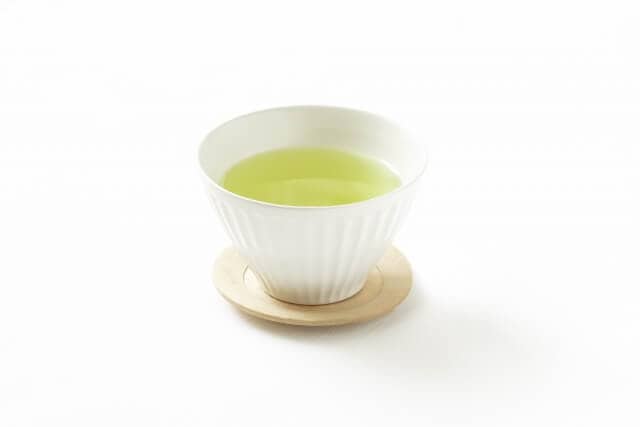
Tea picking
Tea picking is held every year from late April to May. The sprouts are grown with care for a year and then harvested by hand or with machines such as plucking machines. Locals immediately transported the picked sprouts to a tea factory where processed to become delicious new tea.
Steamed
New shoots begin to oxidize the moment they are picked, so they are steamed as soon as possible to stop oxidation. It also has the effect of removing the grassy odor characteristic of fresh leaves and softening them.
Massage
The steamed sprouts then go to the “rubbing” process. “Soju” is rough rolling, “Junen” is rolling without heating, “chuju” is rolling while drying, and “Seijyu” is rolling while shaping. ”, and carefully rubbed in four stages. Using different machines, the artisans, who are well-versed in tea, determine the best timing to bring out the flavor, including the degree of steaming, moisture level, and amount of rolling.
Drying
After rolling, the tea leaves will be dry. If it is not dried thoroughly, you cannot store it well and may cause discolouration or other quality deterioration, so make sure to remove the moisture thoroughly at this point. Once drying is complete, “aracha,” which is the original form of tea.
Sorting
Aracha contains stems and powder, and the leaves are of irregular length, so it is necessary to remove the stems and powder and adjust the shape. Each tea wholesaler buys rough tea through bidding and “sorts” it into stems, powder, and leaves.
Pasteurization
Pasteurization heats the tea leaves to make them more durable during storage, and also improves the tea’s aroma called “hika.” Even a single difference in heating temperature can change the flavor of the same tea leaves, so you can’t let your guard down even for a moment during the pasteurization process.
Union
Gogumi or union is the process of thoroughly drying the leaves to bring out their unique flavor, and then blending the tea to create the flavor of each brand. Delicious green tea is created by combining teas from different regions, varieties, and steaming methods.
Where to buy Ryokucha?
HIGASHIYA (日式糖果店)
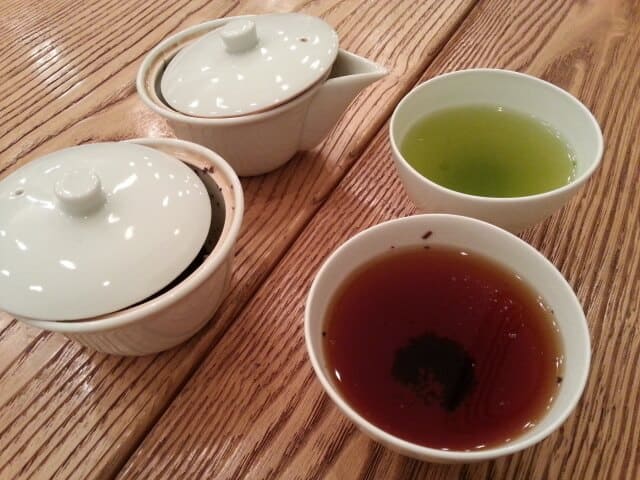
HIGASHIYA” has a store in Ginza, Tokyo. Carefully selected delicious Japanese tea and seasonal Japanese sweets are on sale, and you can enjoy afternoon tea at the tea room. There are dozens of types of Japanese tea available, so it’s a good idea to enjoy a variety of flavors with your friends and family.
Kosoan (古桑庵)
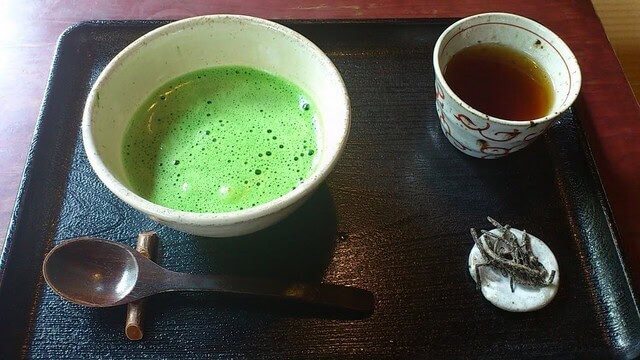
Kosoan in Jiyugaoka is where you can enjoy tea in the tatami room of an old folk house. You can relax while looking at the antiques inside the tea room and the quaint garden. Enjoying matcha or hojicha while looking out at the garden is something special.
Ippodo Tea Shop (一保堂茶舗 東京)
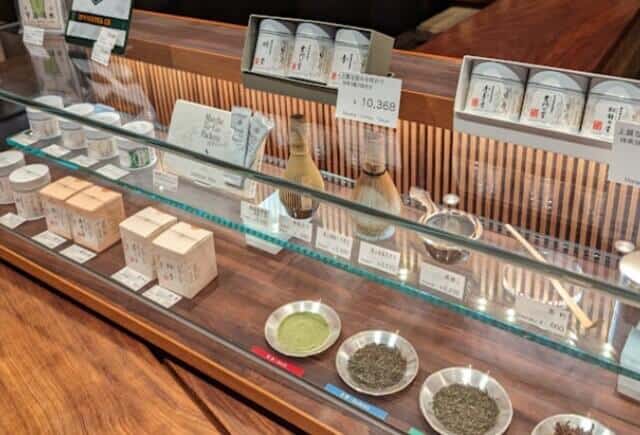
At this Japanese tea specialty store with its main store in Kyoto, you can enjoy tea made using the Uji method, which originated in Uji. In addition to purchasing a variety of Japanese teas inside the store, there is also a take-out service, tea-brewing classes, and a coffee room. If you’re in the Marunouchi area, you might want to try the Japanese tea pot service.
Takeaway
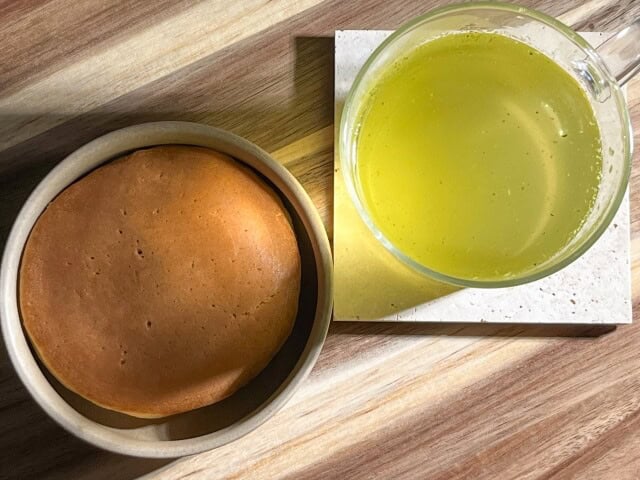
So there you have it, the winding path of Ryokucha through Japan’s history, from a treasured medicine to a refreshing everyday drink. From steaming hot to chilled and sparkling, this green wonder keeps surprising and delighting. We hope this journey has piqued your curiosity and maybe even inspired you to brew a cup of your own. So go ahead, steep some history and savor the unique taste of Ryokucha, a true gem born from ancient roots and ever-evolving flavors. Enjoy!
You can check some Japanese tea drinks that we know you would like to try too.
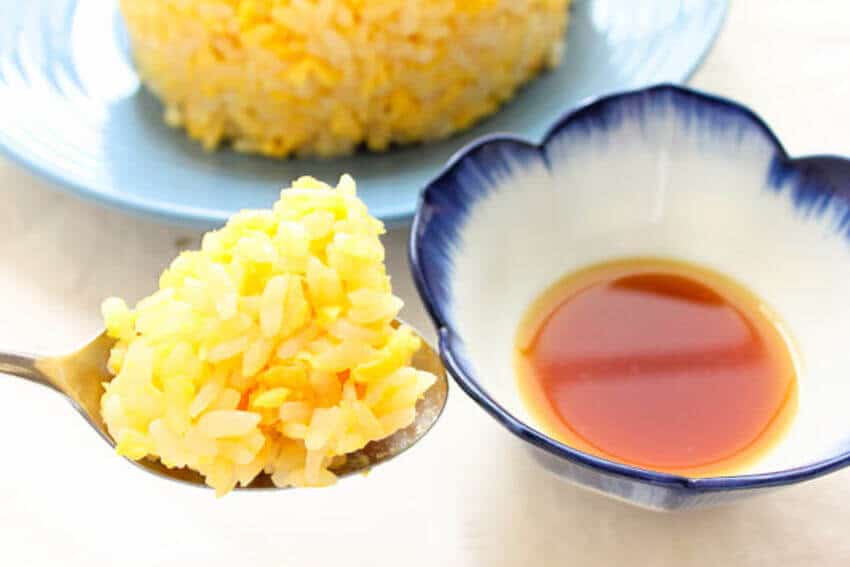
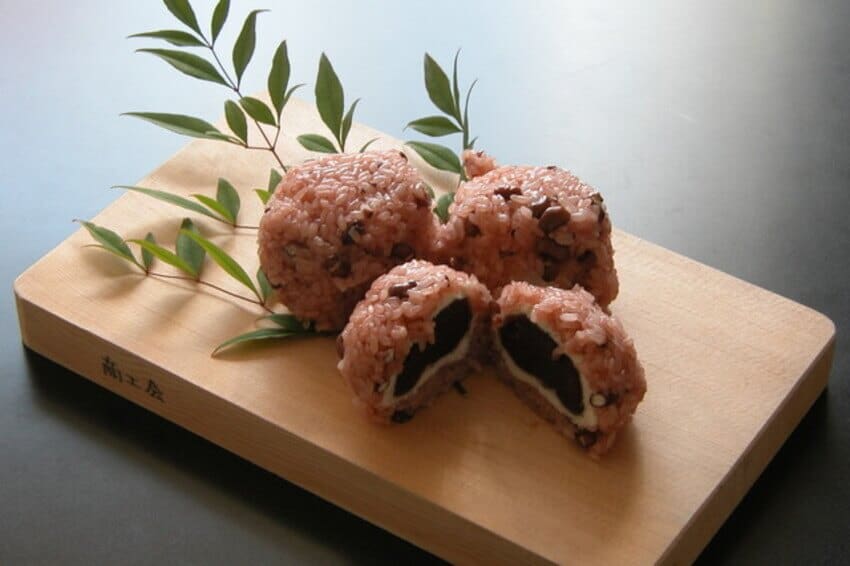
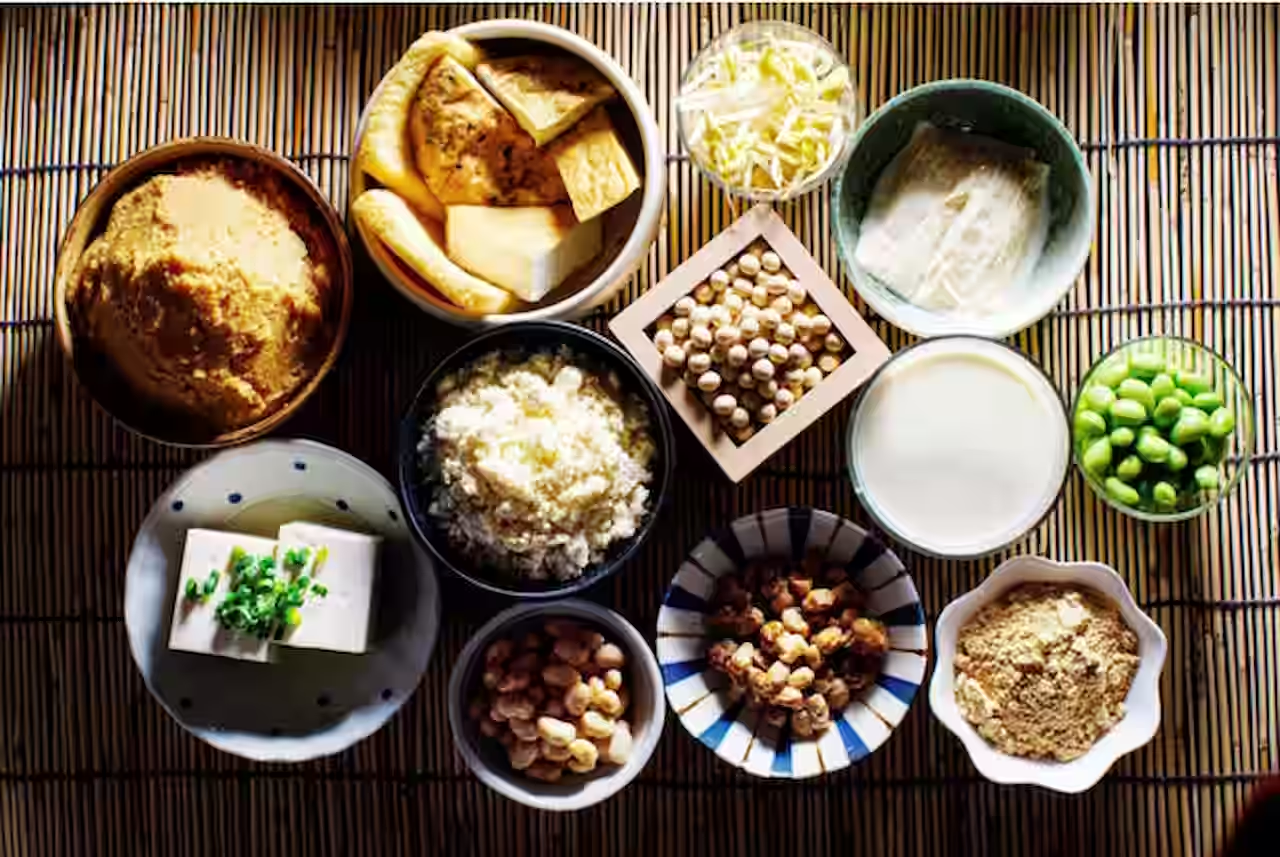



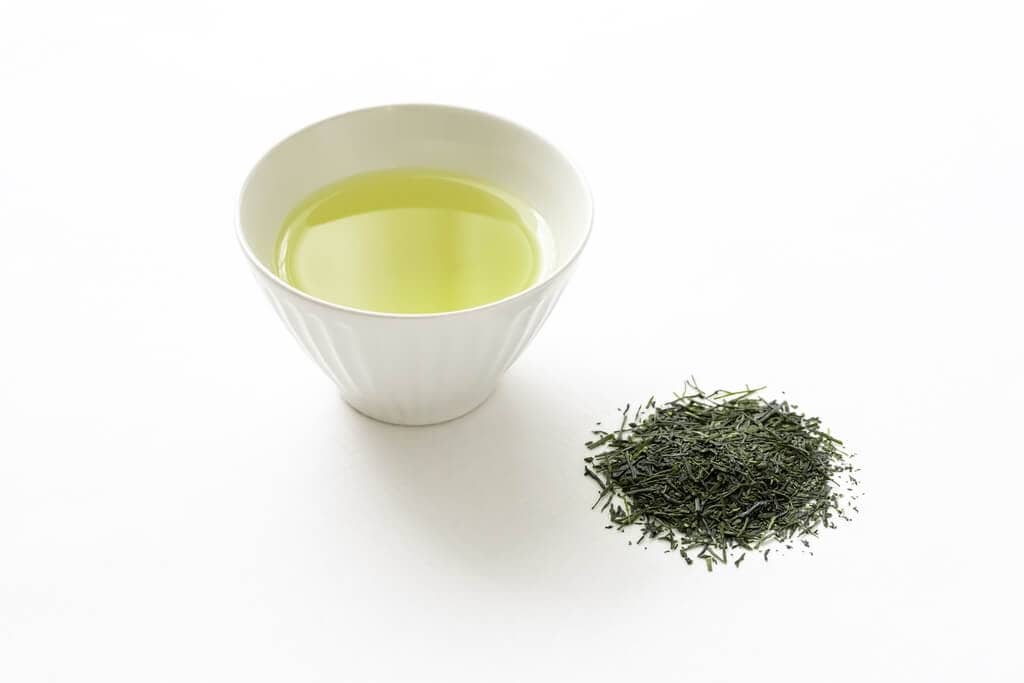
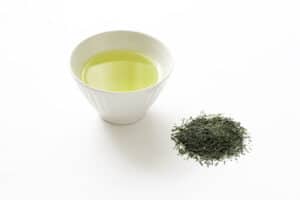
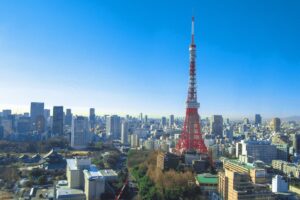
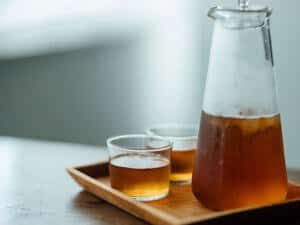
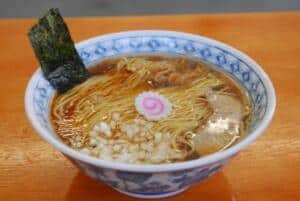
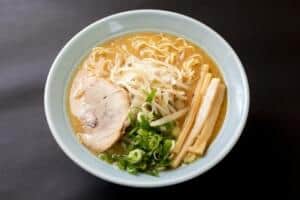
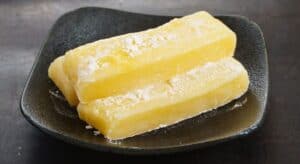
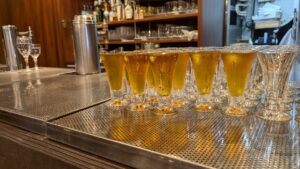
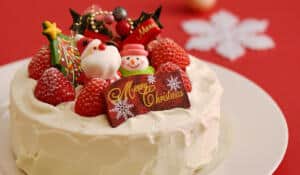
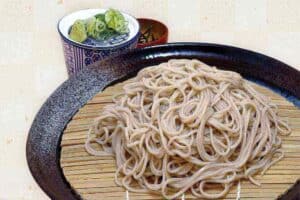
Comments